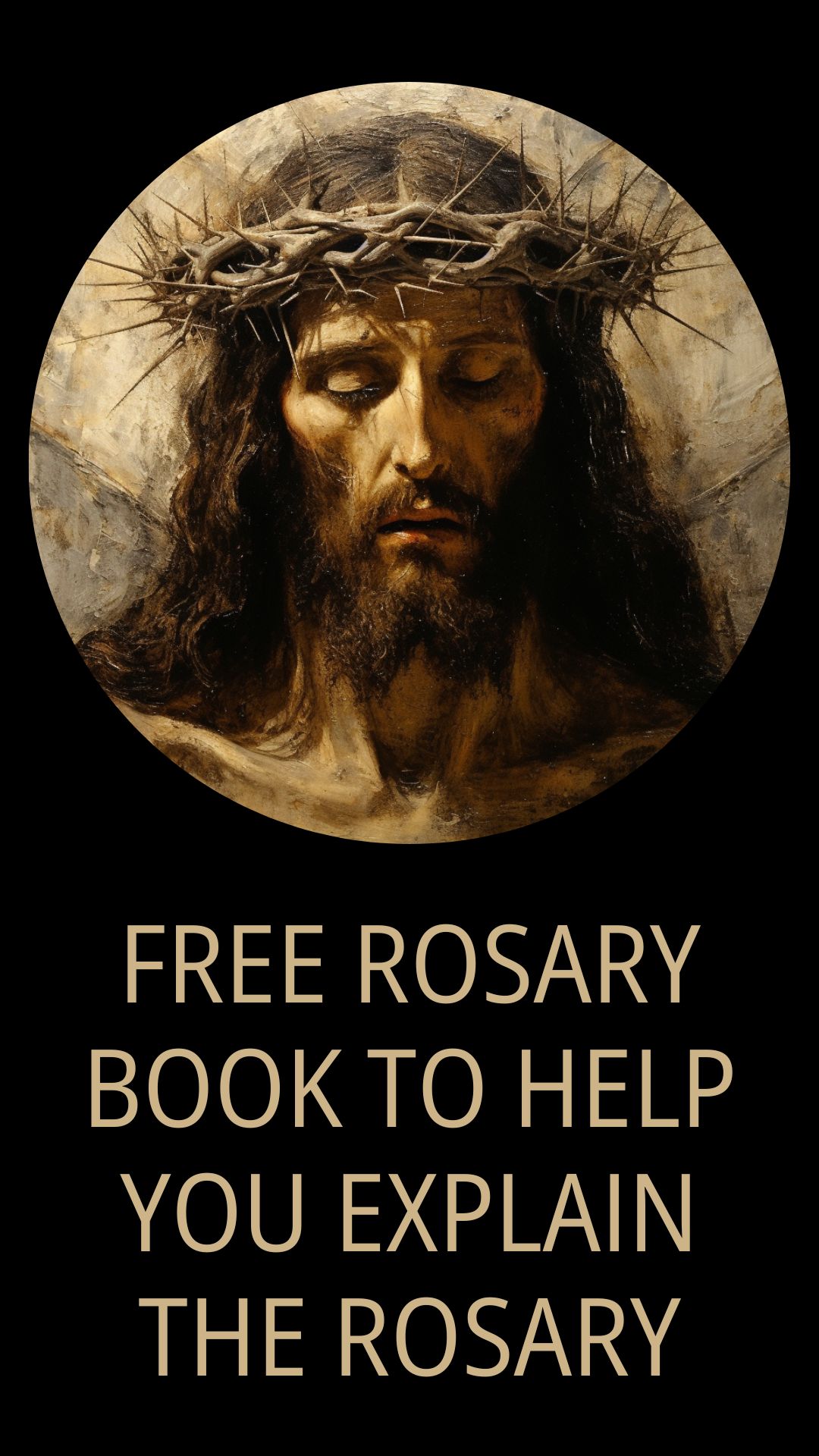
Dear friends in Christ, I present to you today the significance of Ash Wednesday, it’s scriptural background and spiritual importance in the life of every Christian.
Ash Wednesday derived its name from the ash placed on the forehead of Christians as the season of Lent begins. The practice is celebrated mainly by Catholics, Anglicans, Lutherans, and Methodists. The use of ash can be traced back to ancient times and was used to express mourning. The practice is common in the Old Testament where sprinkling oneself with ash was a way of expressing sorrow for sins and faults; (a person casts “ashes” (or dust) on his head (2 Sam. 13:9), or sits (Job 2:8; Jonah 3:6) or lays (Esth. 4:3) or rolls himself (Jer. 6:26; Ezek 27:30) in Ashes (or dust).
In this light, today marks the first day of the 40 days of Lent, a roughly a six-week period (not including Sundays) dedicated to reflection, prayer and fasting in preparation for Easter; hence, we commence with ASHES. Ashes are ceremonially placed on the heads of Christians on Ash Wednesday, either by being sprinkled over their heads or, in English-speaking countries, more often by being marked on their foreheads as a visible cross. The words used traditionally to accompany this gesture are: “REMEMBER THAT YOU ARE DUST, AND TO DUST YOU SHALL RETURN”. (Based on Genesis 3:19). In the 1969 revision of the Roman Rite, an alternative formula was introduced and given first place: “REPENT, AND BELIEVE IN THE GOSPEL”. (Mark 1:15).
The ashes are obtained from the burning of the palms of the previous Palm Sunday, which occurs on the Sunday before Easter, and applied during services. Palm Sunday marks Jesus’ return to Jerusalem, when people waved palm branches to celebrate his arrival. The ashes are typically mixed with Holy Water or oil. The ashes, applied in the shape of a cross, are a symbol of penance, mourning and mortality. Centuries ago, participants used to sprinkle themselves with ashes and repent much more publicly, but the practice fell away sometime between the 8th-10th century before evolving into what it is today. There aren’t any particular rules about how long the ashes should be worn, but most people wear them throughout the day as a public expression of their faith and penance.
In consonace with the Scriptural verses cited with regards to ashes/dust, we see that the prophet Jeremiah, for example, calls for repentance this way: “O daughter of my people, gird on sackcloth, roll in the ashes” (Jer 6:26). The prophet Isaiah, on the other hand, critiques the use of sackcloth and ashes as inadequate to please God, but in the process he indicates that this practice was well-known in Israel: “Is this the manner of fasting I wish, of keeping a day of penance: that a man bow his head like a reed, and lie in sackcloth and ashes? Do you call this a fast, a day acceptable to the Lord?” (Is 58:5). This passage becomes applicable if the ashes we received today do not tally with our change of heart (repentance). Hence, as we put on the ash, we have to equally express it inwardly with a humbled contrite heart and a repentant spirit…The prophet Daniel pleaded for God to rescue Israel with sackcloth and ashes as a sign of Israel’s repentance: “I turned to the Lord God, pleading in earnest prayer, with fasting, sackcloth and ashes” (Dn 9:3).
The best known example of repentance in the Old Testament also involves sackcloth and ashes. When the prophet Jonah finally obeyed God’s command and preached in the great city of Nineveh, his preaching was amazingly effective. Word of his message was carried to the king of Nineveh. “When the news reached the king of Nineveh, he rose from his throne, laid aside his robe, covered himself with sackcloth, and sat in the ashes” (Jon 3:6).
In the book of Judith, we find acts of repentance that specify that the ashes were put on people’s heads: “And all the Israelite men, women and children who lived in Jerusalem prostrated themselves in front of the temple building, with ashes strewn on their heads, displaying their sackcloth covering before the Lord” (Jdt 4:11; see also 4:15 and 9:1).
In the New Testament, Jesus refers to the use of sackcloth and ashes as signs of repentance: “Woe to you, Chorazin! Woe to you, Bethsaida! For if the mighty deeds done in your midst had been done in Tyre and Sidon, they would long ago have repented in sackcloth and ashes” (Mt 11:21, Lk 10:13).
Dear friends in Christ, this period makes a lot of meaning as we return back to God in fasting, weeping, mourning, a contrite heart, and prayer (as seen in the first reading – Joel 2:12-18)) ; bearing in mind that our God is a merciful God who delights NOT in the death of a sinner but in the salvation of ALL through Christ. (Cf. Ezekiel 18:32 and 1 Timothy 2:4). Through the Lenten practice, we are called to be “ambassadors for Christ”, just as St. Paul indicates in the Second Reading (2 Cor 5:20—6:2), for “now is the acceptable time, the day of Salvation”
As we place ashes on ourselves today, we pray for the grace to return to the Lord this period with a humbled contrite heart by doing charitable works and intensifying our life as authentic Christians, instead of making a public show (hypocrisy) of it, just as Christ warns in the Gospel (Matthew 6:1-6. 16:18); by so doing, the ashes we receive today would be meaningful.
May the grace of Christ continue to remain with us throughout this season of Lent and beyond. Amen
Shalom!




